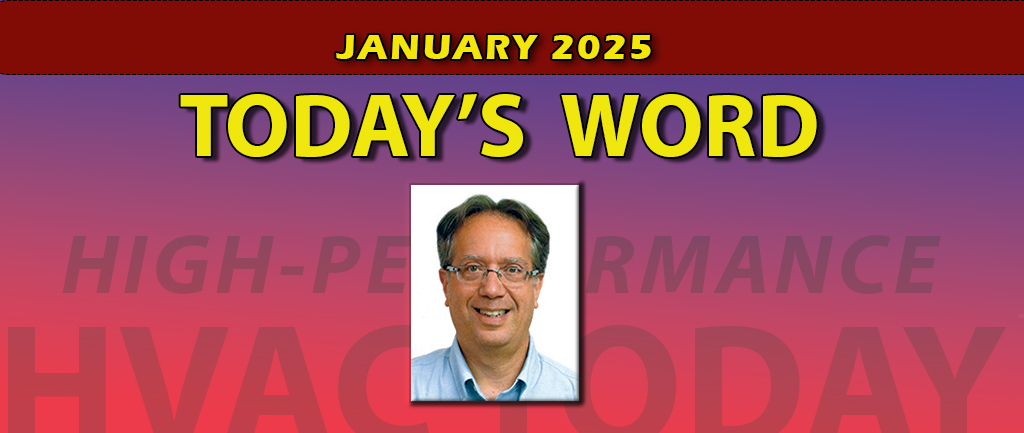In my years writing about the HVAC industry, I’ve seen many challenges faced by HVAC companies. Some are perennial — others emerge due to technological and regulatory shifts. Here are some of the top challenges I see and the opportunities they provide.
Increasing Efficiency Standards: Energy efficiency is more than just a buzzword; it’s a mandate. Every year regulations tighten, and HVAC companies must keep up. That means contractors must continually invest in high-efficiency equipment and adopt sustainable practices.
If you test and measure system performance, you can truly meet many of these requirements and help save customers’ energy dollars while contributing to your bottom line.

Regulatory Compliance: Navigating the regulations governing our industry is no small feat. From building codes to safety standards and environmental regulations, staying well-informed and proactive about regulatory changes can prevent legal issues and protect your reputation.
Tech Advancements: The pace of technological advancement in HVAC is exhilarating and daunting at the same time. Staying current with the latest innovations requires continuous training and investment in new tools and equipment. Contractors who embrace training can offer superior service and maintain a competitive edge.
Technician Shortages will remain one of the most pressing issues in 2025. The demand for HVAC services is growing, yet finding and retaining qualified professionals is increasingly difficult. Again, investing in robust training programs and creating a supportive work environment are crucial for attracting and retaining talent.
Seasonal Demand Fluctuations: The solution to leveling the ups and downs of each season is selling maintenance agreements. High-Performance HVAC contractors include testing and measuring to generate equipment replacement and duct renovation work year-round.
Supply Chain Disruptions were extreme during the COVID-19 pandemic, though it is getting better. Still, 2025 may continue seeing some shortages. Proactively managing supply chain risks by diversifying suppliers and maintaining buffer stock is essential.
Rising Costs of Materials and Labor have a direct impact on your bottom line. To combat this, it’s important to implement cost-saving measures, negotiate favorable contracts, and continually seek ways to optimize operational efficiency.
Customer Expectations: Today’s customers are more informed and demand prompt service, transparent pricing, and exceptional quality. Meeting their expectations is vital to building loyalty and fostering long-term relationships. Having clear communication and consistent delivery of high-quality services also helps.
Competition: Standing out requires more than just good service; it demands innovation and effective marketing to maintain a competitive edge. It’s also essential to continuously invest in marketing strategies that highlight your company’s strengths and attract new customers.
Emerging Trends: Finally, keeping pace with trends like smart HVAC systems and sustainable practices presents both opportunities and challenges. Embracing trends can set you apart, but also requires you to adapt your business models to align with changing customer preferences.
While the HVAC industry faces significant challenges, each one also presents an opportunity for growth and improvement.
By staying adaptable, investing in your workforce, and embracing innovation, you can thrive in an ever-evolving marketplace.













Recent Comments